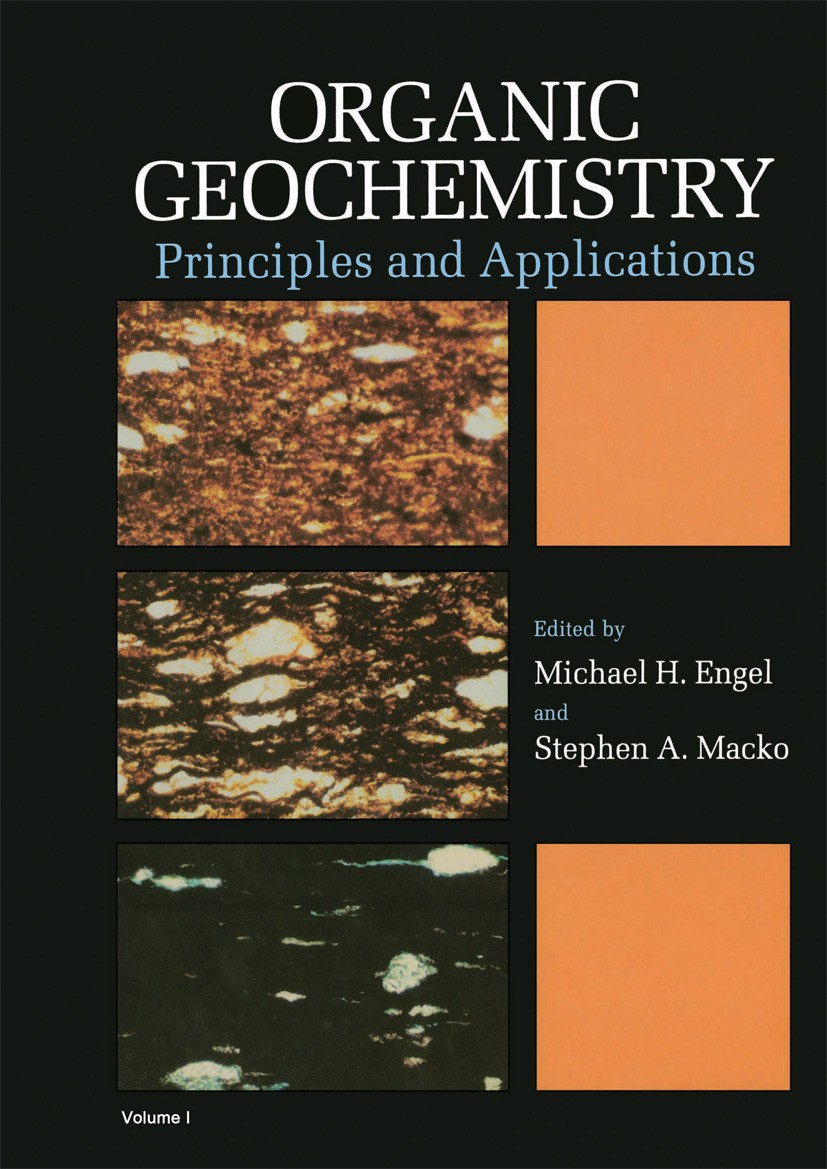有机质含量对页岩油赋存分布的控制作用——来自海相页岩储油成分和孔隙结构的启示
IF 2.5
3区 地球科学
Q2 GEOCHEMISTRY & GEOPHYSICS
引用次数: 0
摘要
总有机碳(TOC)含量与页岩油含量密切相关,是页岩油勘探的重要指标。然而,在高toc页岩中,可动油的比例明显降低。以同一井的8个海相页岩样品(TOC含量为1.86% ~ 13.78%,镜质体反射率为0.8 ~ 0.9%)为研究对象,探讨TOC含量对储集油赋存分布的影响。不同溶剂混合物的连续萃取表明,正己烷/甲苯(9:1v/v)萃取的可萃取有机质(EOM)主要由饱和烃和芳烃组成,其化学性质与300°C (S1峰)前Rock-Eval热解释放的油相似。因此,EOM是评价页岩游离油含量的有效方法。相比之下,二氯甲烷/甲醇(93:7 v/v)和四氢呋喃/丙酮/甲醇(50:25:25 v/v/v)萃取的EOMs主要由树脂和沥青质组成,对应于300°C以上岩石热解过程中释放的油,表明它们主要以吸附油的形式存在。连续提取后,页岩样品的比表面积和孔隙体积分别平均增加了369%和254%。孔隙结构分析表明,有机质含量对储集油的赋存空间有显著影响。在油窗成熟较早的情况下,过量的有机质会导致可动油游离油比低、储油空间小、吸附容量大、阈值孔径高,表明过量的有机质不利于可动油富集。因此,页岩油甜点区可能存在TOC上限。对于我们的样品,当TOC超过10 wt%时,游离油含量显着降低。根据热成熟度、干酪根类型和孔隙结构的不同,这一阈值可能会有所不同。以I/II型干酪根为主的页岩在主生油阶段(参见III型干酪根)的最佳TOC阈值通常较低,进一步强调了勘探过程中识别这些阈值的重要性。本文章由计算机程序翻译,如有差异,请以英文原文为准。
Controls of organic matter content on shale oil occurrence and distribution: Insights from retained oil composition and pore structure in marine shales
Total organic carbon (TOC) content is a crucial indicator in shale oil exploration due to its close correlation with shale oil content. However, the proportion of movable oil significantly decreases in high-TOC shales. Herein, eight marine shale samples from the same well, with TOC contents ranging from 1.86 % to 13.78 % and vitrinite reflectance values of 0.8–0.9 %, were analyzed to investigate the effect of TOC content on the occurrence and distribution of retained oils. Sequential extraction with various solvent mixtures revealed that extractable organic matter (EOM), as extracted by n-hexane/toluene (9:1v/v), primarily comprises saturated and aromatic hydrocarbons, which are chemically similar to the oils released by Rock-Eval pyrolysis before 300 °C (S1 peak). Therefore, the EOM is an effective way to evaluate the free oil content in shales. By contrast, the EOMs extracted by dichloromethane/methanol (93:7 v/v) and tetrahydrofuran/acetone/methanol (50:25:25 v/v/v) are mainly composed of resins and asphaltenes that correspond to the oils released during Rock-Eval pyrolysis above 300 °C, indicating their predominant occurrence as adsorbed oil. After sequential extraction, the specific surface area and pore volume of shale samples increase by an average 369 % and 254 %, respectively. Pore structure analysis reveals that organic matter (OM) content significantly affects the occurrence space of retained oil. In the case of early oil window maturity, excessive OM can lead to a low free oil ratio, low storage space, high adsorption capacity, and high threshold pore diameter of movable oil, indicating that excessive OM is unfavorable for the enrichment of movable oil. Therefore, there may be an upper TOC limit for shale oil sweet spots. For our samples, the free oil content significantly decreases when TOC exceeds 10 wt%. This threshold may vary for different shales depending on thermal maturity, kerogen type, and pore structure. Shale dominated by Type I/II kerogen typically exhibit a lower optimal TOC threshold at the main oil generation stage (Cf. Type III kerogen), further emphasizing the importance of identifying these thresholds during exploration.
求助全文
通过发布文献求助,成功后即可免费获取论文全文。
去求助
来源期刊

Organic Geochemistry
地学-地球化学与地球物理
CiteScore
5.50
自引率
6.70%
发文量
100
审稿时长
61 days
期刊介绍:
Organic Geochemistry serves as the only dedicated medium for the publication of peer-reviewed research on all phases of geochemistry in which organic compounds play a major role. The Editors welcome contributions covering a wide spectrum of subjects in the geosciences broadly based on organic chemistry (including molecular and isotopic geochemistry), and involving geology, biogeochemistry, environmental geochemistry, chemical oceanography and hydrology.
The scope of the journal includes research involving petroleum (including natural gas), coal, organic matter in the aqueous environment and recent sediments, organic-rich rocks and soils and the role of organics in the geochemical cycling of the elements.
Sedimentological, paleontological and organic petrographic studies will also be considered for publication, provided that they are geochemically oriented. Papers cover the full range of research activities in organic geochemistry, and include comprehensive review articles, technical communications, discussion/reply correspondence and short technical notes. Peer-reviews organised through three Chief Editors and a staff of Associate Editors, are conducted by well known, respected scientists from academia, government and industry. The journal also publishes reviews of books, announcements of important conferences and meetings and other matters of direct interest to the organic geochemical community.
 求助内容:
求助内容: 应助结果提醒方式:
应助结果提醒方式:


